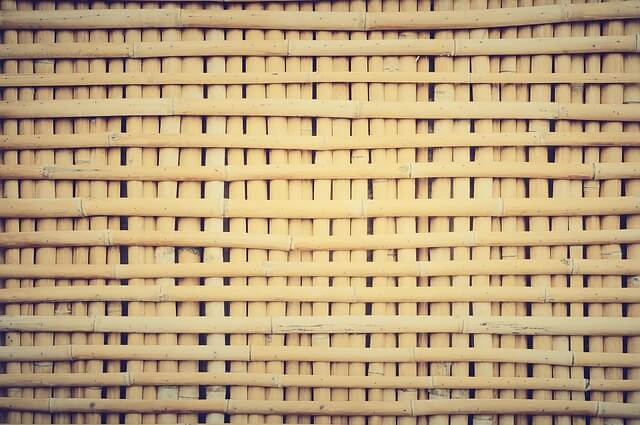Bamboo Cabinetry
Bamboo cabinetry is one of the latest trends in home improvement. In fact, bamboo in general has recently become very popular in homes and offices across North America.
It’s not hard to understand why; bamboo cabinetry looks great in all kinds of settings. It looks good in natural looking spaces, gives a sleek look to modern decor, and makes classic style decor feel more comforting.
The Hype Surrounding Bamboo
Bamboo manufactures have also helped to push this trend by telling the public that bamboo is harder than the other hardwoods. While this can be true, there are many factors involved in determining the hardness and quality of bamboo cabinetry.
They will also tell you that bamboo is the most eco-friendly choice. While this is true in certain respects, I feel that you deserve to know the whole story about bamboo before you decide to purchase bamboo cabinetry.
Is Bamboo Cabinetry Harder Than Other Cabinets?
Bamboo is grown in China. Like almost everything that’s made in China, there’s often little to no regulation for the processing of bamboo.
Why is regulation for bamboo so important?
Well, regulation plays an important role in the quality of bamboo cabinetry. Bamboo must reach full maturity before being harvested in order to reach the maximum hardness that manufacturers claim.
Bamboo that hasn’t reached maturity when harvested will turn out softer. Unfortunately, some unscrupulous manufacturers will put profits over integrity and sell bamboo cabinetry made from young bamboo that hasn’t fully matured yet, while at the same time making claims that bamboo is harder than other wood materials.
Is Bamboo Sustainable And Eco-Friendly?
Now with all that being said, the U.S. Green Building Council (USGBC) recognizes bamboo as a green building material. Indeed, the way it’s grown seems to be much more sustainable compared to, for example, oak. Oak trees take 60-120 years to fully mature to the point where they’re ready to be cut down and harvested.
Bamboo, on the other hand, isn’t actually a wood; it’s a grass. A good quality bamboo such as Moso usually takes, at most, 5-7 years to fully mature and reach peak density, which is the best time for it to be harvested.
You can now see where the claims about bamboo being a sustainable product come from.
Whether bamboo is eco-friendly, however, is another matter that’s up for debate. Due to the huge growing demand for bamboo in North America, ecosystems in several regions of China are being altered with the mass planting of bamboo; whether or not these ecosystems will adapt positively to the changes remains to be seen.
Does Bamboo Cabinetry Live Up To The Hype?
The answer is: it depends. Here’s our “hype checklist.”
- Claim: bamboo is harder than other wood materials.Reality: usually false. When it comes to hardness, the specific type of bamboo is a factor, as well as how it’s processed and manufactured. Finding bamboo cabinetry that lives up to the hardness hype can be a challenge.However, young bamboo for cabinets isn’t so much of a problem compared to young bamboo flooring. Younger bamboo that hasn’t fully matured yet is more prone to scratches, but with bamboo cabinetry this shouldn’t be much of a concern, since cabinets are not as likely to get scratched as floors are.
- Claim: bamboo cabinetry looks great in nearly any setting.Reality: this is true.
- Claim: bamboo cabinetry is eco friendly.Reality: this is up for debate.
- Claim: bamboo cabinetry is sustainable.Reality: compared to other materials, this is mostly true.
After reading this, you now know more than most consumers do about bamboo cabinetry. Now it’s up to you to decide if bamboo cabinetry is right for you.
Check out our cabinet showroom to see what cabinets we offer.

